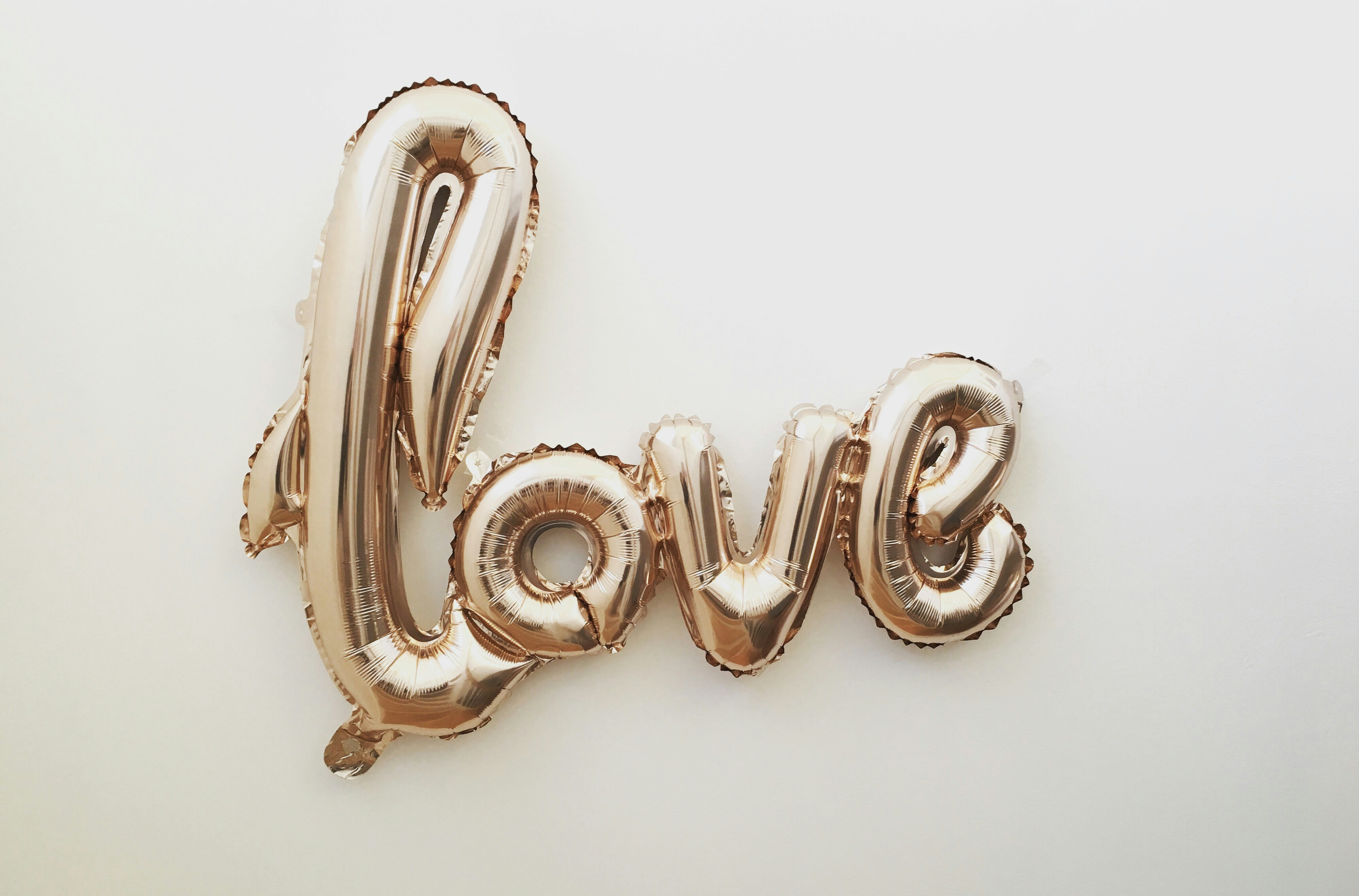If you're considering investing in a gold IRA, you may have wondered if it's possible to diversify your holdings by including other precious metals. The answer to this question is a resounding yes! You have the ability to hold a variety of precious metals, such as silver, platinum, and palladium, within your gold IRA. In fact, incorporating these other metals can provide an additional layer of diversification to your portfolio, helping to mitigate risk and potentially increase your overall returns. So, if you're looking to expand your investment horizons and explore the allure of other precious metals, read on to discover the exciting opportunities that await you in the world of gold IRAs!
Understanding Gold IRA
A Gold IRA, or Individual Retirement Account, is a specialized type of retirement account that allows you to hold physical gold and other precious metals as part of your investment portfolio. It is a popular option for investors who want to diversify their retirement savings beyond the traditional stocks, bonds, and mutual funds.
Definition of Gold IRA
A Gold IRA is a self-directed IRA that allows you to invest in physical gold and other approved precious metals. It is governed by the same rules and regulations as a traditional IRA, but instead of holding paper assets, it holds tangible assets such as gold coins, gold bars, silver coins, platinum, and palladium.
How does it work?
To open a Gold IRA, you need to choose a custodian who specializes in precious metals IRA and is approved by the IRS. The custodian will help you set up the account and handle all the paperwork. Once your Gold IRA is set up, you can start purchasing approved precious metals and storing them in a secure depository.
Benefits and Risks
One of the main benefits of a Gold IRA is that it adds an extra layer of diversification to your retirement portfolio. Gold and other precious metals tend to have a low correlation with traditional assets like stocks and bonds, which means they may perform well when other investments are not doing so well.
Gold also has a long history of serving as a hedge against inflation. When the value of paper currency decreases, the price of gold often rises. By including gold in your IRA, you can potentially protect your retirement savings from the effects of inflation.
However, it's important to note that investing in gold and other precious metals comes with risks. The price of gold can be volatile, and it may not always perform as well as other investments. Additionally, the storage and insurance costs associated with holding physical metals can be significant.
Types of Precious Metals Allowed in a Gold IRA
IRS Approved Precious Metals
The IRS has specific guidelines on the types of precious metals that are allowed in a Gold IRA. These include gold, silver, platinum, and palladium coins and bars that meet certain purity requirements. It's important to consult with your custodian or financial advisor to ensure that the precious metals you are considering are approved by the IRS.
Different Forms of Precious Metals
When investing in precious metals for your Gold IRA, you have the option to purchase coins or bars. Coins are often preferred by investors because they are easier to buy and sell, and their value is usually based on factors such as rarity and condition. Bars, on the other hand, are typically bought and sold based on the metal content and weight.
Exceptions – Unapproved Assets
While there are various precious metals that are approved for a Gold IRA, there are also certain assets that are not allowed. These include collectible coins, such as rare or numismatic coins, as well as ornaments, jewelry, and other personal tangible property. It's important to understand the IRS guidelines and work with a reputable custodian to ensure compliance with the rules.
Benefits of Diversifying Gold IRA with Other Precious Metals
Risk Mitigation
Diversifying your Gold IRA with other precious metals can help mitigate risk by spreading your investments across different asset classes. Since the price of precious metals can fluctuate independently of traditional assets, holding a mix of gold, silver, platinum, and palladium can help protect your portfolio from the ups and downs of the market.
Potential for Higher Returns
By diversifying with other precious metals, you have the potential to achieve higher returns. While gold may be the most well-known and popular precious metal, others like silver, platinum, and palladium can offer different investment opportunities. Each metal has its own supply-demand dynamics and market factors that can impact its price performance.
Protection Against Inflation
One of the key advantages of holding precious metals in a Gold IRA is their ability to act as a hedge against inflation. When the value of paper currency declines, the price of gold and other precious metals often rise. By including a mix of metals in your IRA, you can potentially protect your retirement savings from the erosion of purchasing power caused by inflation.
How to Diversify Your Gold IRA
Choosing the Right Custodian
To diversify your Gold IRA with other precious metals, it's crucial to choose a custodian who specializes in precious metals IRAs and has a solid reputation. Look for custodians who are approved by the IRS and have experience in handling physical metals. They should also offer secure storage options and have transparent fee structures.
Buying and Selling Precious Metals
Once you have selected a custodian, you can start purchasing the approved precious metals for your Gold IRA. Your custodian will provide guidance on how to buy the metals and handle the transaction process. When selling the metals, you can either sell them back to the custodian or work with a reputable dealer to get the best price.
Deposit and Storage of the Metals
Once you have purchased the precious metals, they will need to be deposited and stored in a secure depository. Your custodian will assist you in arranging for secure storage, either in an IRS-approved depository or a private vaulting facility. It's important to ensure that the storage facility has proper security measures in place and offers insurance coverage for your metals.
Common Precious Metals for IRA Diversification
Silver
Silver is one of the most popular precious metals for IRA diversification. It is often considered more affordable than gold, making it accessible to a broader range of investors. Silver has industrial uses and is also seen as a store of value. Its price can be influenced by factors such as industrial demand, market sentiment, and global economic conditions.
Platinum
Platinum is a rare and valuable metal that is highly sought after for its industrial and jewelry applications. It has a higher price per ounce compared to gold and silver, which makes it an attractive option for investors looking for potential higher returns. Platinum prices are influenced by factors such as supply and demand dynamics, geopolitical events, and economic conditions.
Palladium
Palladium is another precious metal that has gained attention in recent years. It is primarily used in catalytic converters for vehicles and has seen increased demand due to stricter emissions regulations. Palladium prices can be influenced by factors such as automotive industry trends, economic growth, and supply constraints. Investors diversifying their Gold IRA may consider including palladium for potential investment opportunities.
Understanding the Market for Different Precious Metals
Market Performance of Silver
The silver market can be influenced by a variety of factors, including industrial demand, investor sentiment, and macroeconomic conditions. Over the years, silver has shown a volatile yet generally positive long-term price trend. It has the potential to outperform gold during certain market cycles and is often viewed as a more speculative investment compared to gold.
Market Performance of Platinum
Platinum prices are influenced by both industrial demand and investor sentiment. The metal has historically had a higher price than gold due to its rarity and various industrial applications. However, platinum prices can be more volatile compared to gold and may be affected by factors such as mining supply, economic conditions, and changes in automotive industry demand.
Market Performance of Palladium
Palladium has experienced significant price growth in recent years, driven by strong demand from the automotive industry. The metal's use in catalytic converters and tightening emissions standards have created a supply-demand imbalance. However, palladium prices can also be affected by factors such as economic conditions, changes in automotive technology, and geopolitical events.
Risks Associated with Diversifying Gold IRA
Market Volatility
Investing in precious metals, including gold, silver, platinum, and palladium, comes with inherent market volatility. The prices of these metals can fluctuate based on various factors such as economic conditions, investor sentiment, geopolitical events, and changes in supply and demand dynamics. It's important to be prepared for potential price swings and have a long-term investment horizon.
Storage and Insurance Costs
Holding physical precious metals in a Gold IRA requires proper storage in a secure depository or vaulting facility. These storage facilities often charge fees for their services, which can add to the overall costs of holding precious metals. Additionally, it's essential to ensure that the metals are adequately insured against theft, damage, or loss, which can also incur additional costs.
Scams and Frauds
Investing in any asset class, including precious metals, carries the risk of scams and frauds. It's crucial to work with reputable dealers and custodians who have a solid track record and transparent business practices. Be wary of unsolicited investment offers or promises of guaranteed returns, as they may be indicators of potential scams.
Tax Implications of Diversifying Gold IRA
Tax on Purchases
When purchasing precious metals for a Gold IRA, there are generally no immediate tax implications. The transaction is considered a purchase for investment purposes and is not subject to sales tax. However, it's important to consult with a tax advisor or accountant to ensure compliance with any applicable tax laws or regulations.
Tax on Distributions
Withdrawals or distributions from a Gold IRA are generally subject to the same tax rules as traditional IRAs. If you take a distribution before reaching the age of 59½, you may be subject to early withdrawal penalties and income taxes. It's important to understand the tax implications of distributions and consult with a tax professional to ensure compliance.
Tax on Capital Gains
The sale of precious metals held in a Gold IRA may trigger capital gains tax. The tax rate depends on various factors, including the holding period and the individual's marginal tax rate. It's essential to keep accurate records of purchases, sales, and any associated costs to calculate capital gains correctly. Consulting with a tax advisor can help navigate the complexities of tax obligations.
Running Costs Associated with Diversifying Gold IRA
Custodial Fees
Custodial fees are a recurring cost associated with holding a Gold IRA. These fees cover the administrative and custodial services provided by the IRA custodian. The exact fee structure may vary between custodians, so it's important to compare costs and understand the services included in the fee.
Storage Fees
Storing precious metals in a secure depository or vaulting facility incurs storage fees. These fees are typically charged on an annual basis and cover the cost of maintaining a secure and insured storage facility. The fees may vary depending on the quantity and value of the metals being stored.
Insurance Costs
To protect the stored metals against theft, damage, or loss, insurance coverage is necessary. Insurance costs can vary based on the value and type of precious metals being insured. It's important to understand the insurance coverage provided by the storage facility and evaluate if additional insurance is needed.
Concluding Thoughts on Diversifying Gold IRA with Other Precious Metals
Who Should Consider Diversifying?
Diversifying a Gold IRA with other precious metals may be suitable for investors who are looking to add an extra layer of diversification to their retirement savings. It can be particularly appealing to those who believe in the long-term value and potential benefits of investing in gold, silver, platinum, or palladium. It's important to carefully evaluate your investment goals, risk tolerance, and consult with a financial advisor before making any investment decisions.
Reflecting on the Costs and Benefits
While diversifying a Gold IRA with other precious metals can offer potential benefits like risk mitigation and protection against inflation, it's important to consider the associated costs. The running costs, such as custodial fees, storage fees, and insurance costs, can add up over time and impact overall investment returns. It's crucial to weigh the benefits and costs to make an informed decision.
Future Outlook of Precious Metals
The future outlook for precious metals is influenced by various factors, including economic conditions, geopolitical events, and market trends. While past performance cannot guarantee future results, precious metals, including gold, silver, platinum, and palladium, have historically maintained their value over the long term. They can continue to serve as potential hedges against inflation and offer opportunities for diversification in a retirement portfolio.
In conclusion, diversifying a Gold IRA with other precious metals can provide potential benefits such as risk mitigation, higher return potential, and protection against inflation. Investors should carefully consider the types of precious metals allowed in a Gold IRA, understand the market dynamics of each metal, and evaluate the associated risks and costs. Seeking guidance from reputable custodians and financial advisors can help ensure a well-informed and suitable investment strategy.





